| |
|
|
Botanical Name |
: |
Taxus baccata L. |
English
Name |
: |
Yew |
Family |
: |
Taxaceae |
| |
General Info
| Description |
 |
|
It is a small evergreen or medium sized tree with fluted stem and reddish grey bark. Leaves are 2.5 to 3.5 cm long, linear, flattened, distchious, acute and narrowed into a short petiole. Male cones are subglobose and solitary in leaf axis and females are also solitary, axillary with a single erect ovule. The fruits are red coloured with woody testa. The fruit is a fleshy berry about 10mm in diameter and containing a single seed. |
| Herb Effects |
 |
|
All parts of the plant, except the fleshy fruit, are antispasmodic, cardiotonic, diaphoretic, emmenagogue, expectorant, narcotic and purgative; cardiotonic and abortifacient (leaf); anticancer (bark); “hypothesmic activity” (aerial part); antispasmodic and sedative (fruit and leaf); narcotic and toxic (leaf. young aerial part and shoot) |
Chemistry
| Active Ingredients |
 |
|
Beta-carotene, lycopene, zeaxanthin (fruit); beta-sitosterol, ephedrine, formic acid, gallic acid, ginkgetin, millosine, HCN, tannic acid, taxine A and B4, taxol (leaf); taxol, ecdysterone, campesterol and beta-sitosterol (bark). |
| Chemistry
of Active Ingredients |
 |
|
|
 |
Name |
CAS# |
IUPAC Name |
Formula |
Structure |
 |
|
| Taxine A |
1361-49-5 |
Not Available |
C35H47NO10 |
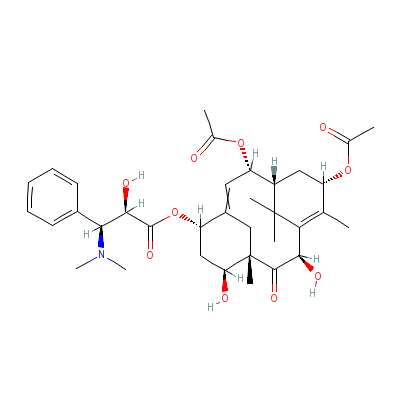
|
| Ephedrine |
6912-63-6 |
2-methylamino-1-phen
yl-propan-1-ol |
C10H15NO |
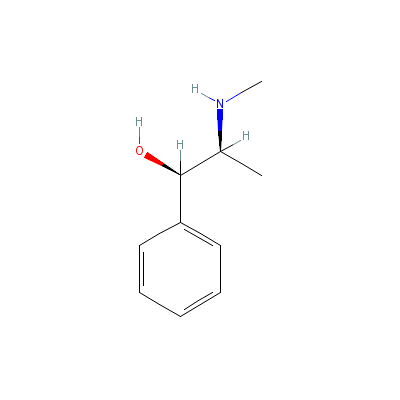
|
| Taxol |
33069-62-4 |
Not Available |
C47H51NO14 |
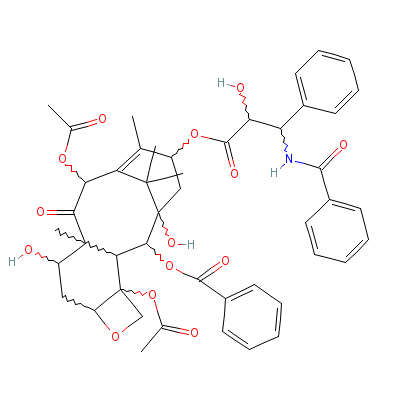
|
| Ecdysterone |
Not Available |
2,3,14-trihydroxy-10
,13-dimethyl-17-(1,2
,5-trihydroxy-1,5-di
methyl-hex
yl)-1,2,
3,4,5,9,10,11,12,13,
14,15,16,17-tetradec
ahydrocyclopenta[a]p
he
nanthren-6-one |
C27H44O7 |
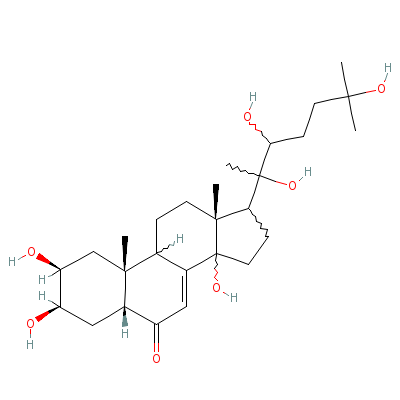
|
| Campesterol |
474-62-4 |
17-(5,6-dimethylhept
an-2-yl)-10,13-dimet
hyl-2,3,4,7,8,9,11,1
2,14,15,16
,17-dode
cahydro-1H-cyclopent
a[a]phenanthren-3-ol |
C28H48O |
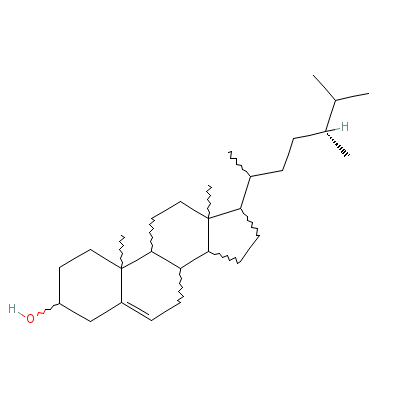
|
| beta-Sitosterol |
5779-62-4 |
17-(5-ethyl-6-methyl
-heptan-2-yl)-10,13-
dimethyl-2,3,4,7,8,9
,11,12,14,
15,16,17
-dodecahydro-1H-cycl
openta[a]phenanthren
-3-ol |
C29H50O |
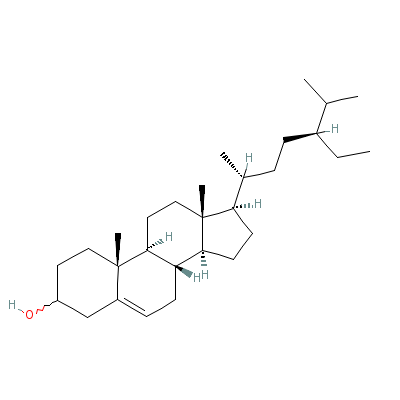
|
| beta-Carotene |
Not Available |
3,7,12,16-tetramethy
l-1,18-bis(2,6,6-tri
methyl-1-cyclohexeny
l)-octadec
a-1,3,5,
7,9,11,13,15,17-nona
ene |
C40H56 |

|
| Lycopene |
Not Available |
2,6,10,14,19,23,27,3
1-octamethyldotriaco
nta-2,6,8,10,12,14,1
6,18,20,22
,24,26,3
0-tridecaene |
C40H56 |
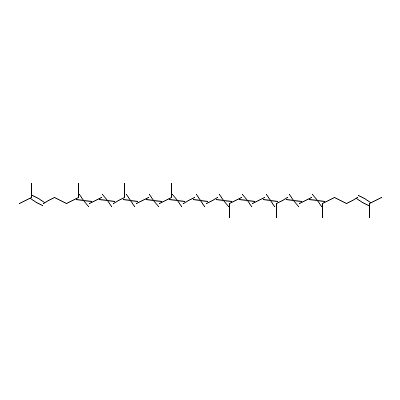
|
| Zeaxanthin |
Not Available |
4-[18-(4-hydroxy-2,6
,6-trimethyl-1-cyclo
hexenyl)-3,7,12,16-t
etramethyl
-octadec
a-1,3,5,7,9,11,13,15
,17-nonaenyl]-3,5,5-
trimethyl-cyclohex-3
-e
n-1-ol |
C40H56O2 |
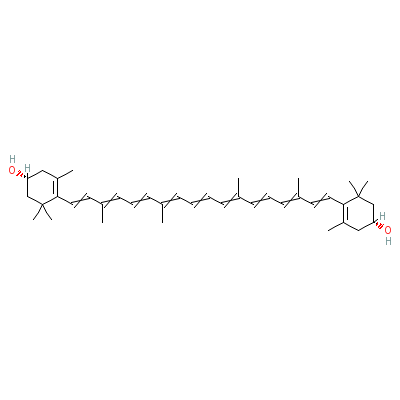
|
| Ephedrine |
6912-63-6 |
2-methylamino-1-phen
yl-propan-1-ol |
C10H15NO |

|
| Formic acid |
992-98-3 |
formic acid |
CH2O2 |

|
| Gallic acid |
149-91-7 |
3,4,5-trihydroxybenz
oic acid |
C7H6O5 |
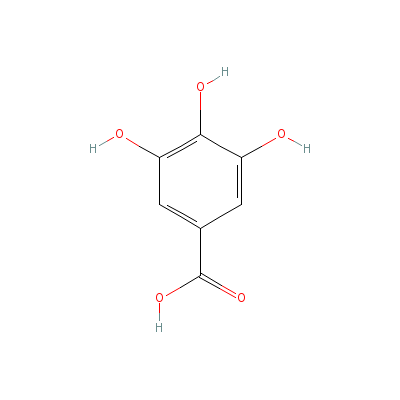
|
| Ginkgetin |
481-46-9 |
5,7-dihydroxy-8-[5-(
5-hydroxy-7-methoxy-
4-oxo-chromen-2-yl)-
2-methoxy-
phenyl]-
2-(4-hydroxyphenyl)c
hromen-4-one |
C32H22O10 |
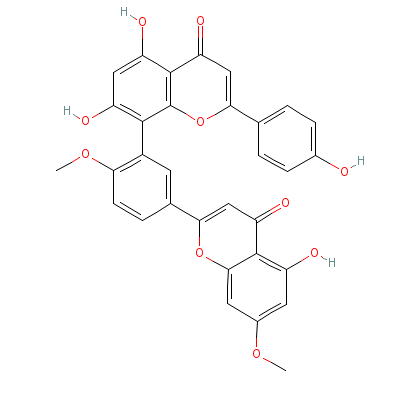
|
| HCN |
Not available |
Hydrogen cyanide |
CHN |
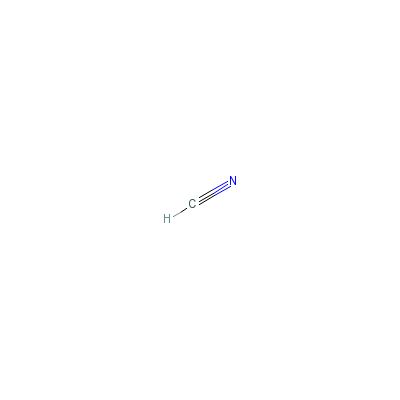
|
| Tannic acid |
1401-55-4 |
Not Available |
Not Available |

|
| Taxine A |
1361-49-5 |
Not Available |
C35H47NO10 |

|
|
Pharmacology
| Medicinal Use |
 |
|
The leaves have been used internally in the treatment of asthma, bronchitis, hiccup, indigestion, rheumatism and epilepsy. Externally, the leaves have been used in a steam bath as a treatment for rheumatism. A homeopathic remedy is made from the young shoots and the berries. It is used in the treatment of cystitis, eruptions, headaches, heart and kidney problems, rheumatism etc. |
| Contraindication |
 |
|
All parts of the plant, except the flesh of the fruit, are highly poisonous, having a paralyzing affect on the heart. |
| Reference |
 |
|
 Chandel et al., Biodiversity in Medicinal and Aromatic Plants in India. Chandel et al., Biodiversity in Medicinal and Aromatic Plants in India.
Bentley and Trimen, Medicinal Plants.
Uniyal et al., Medicinal Flora of Garhwal Himalayas.
Sharma, Classical Uses of Medicinal Plants. |
Dealers
Products
|
|